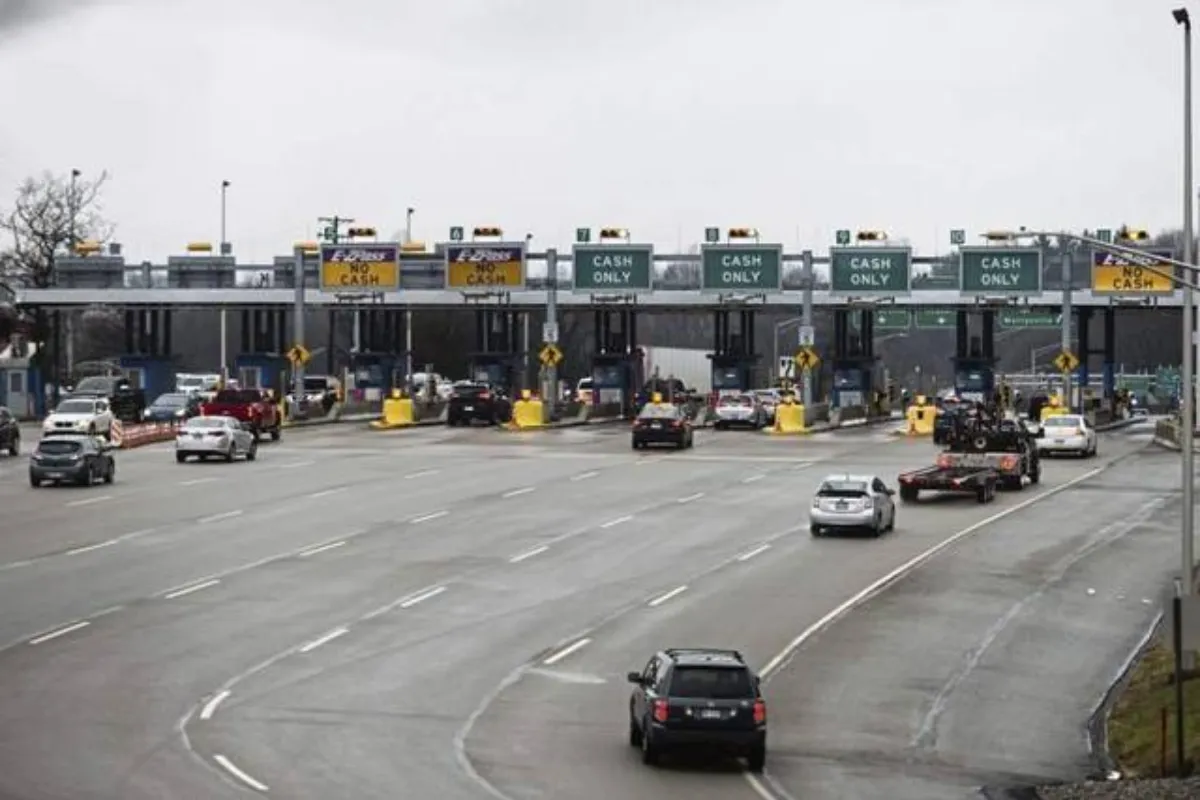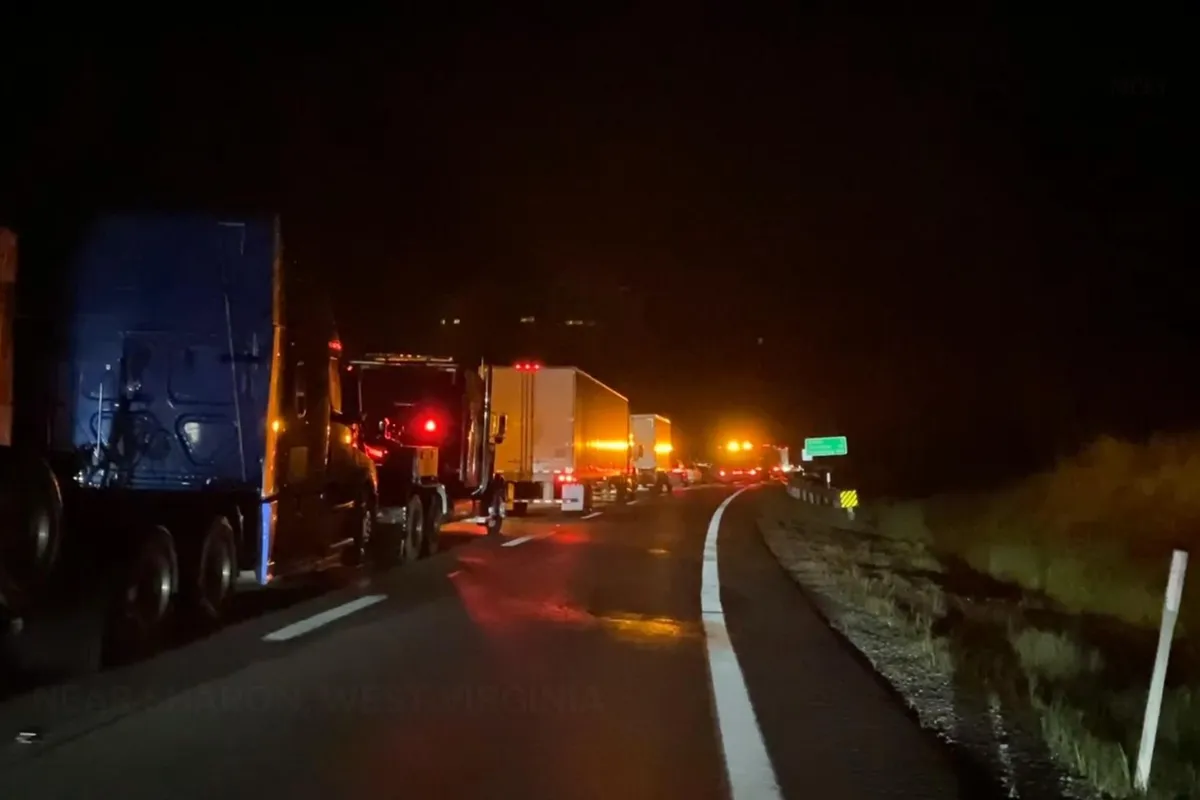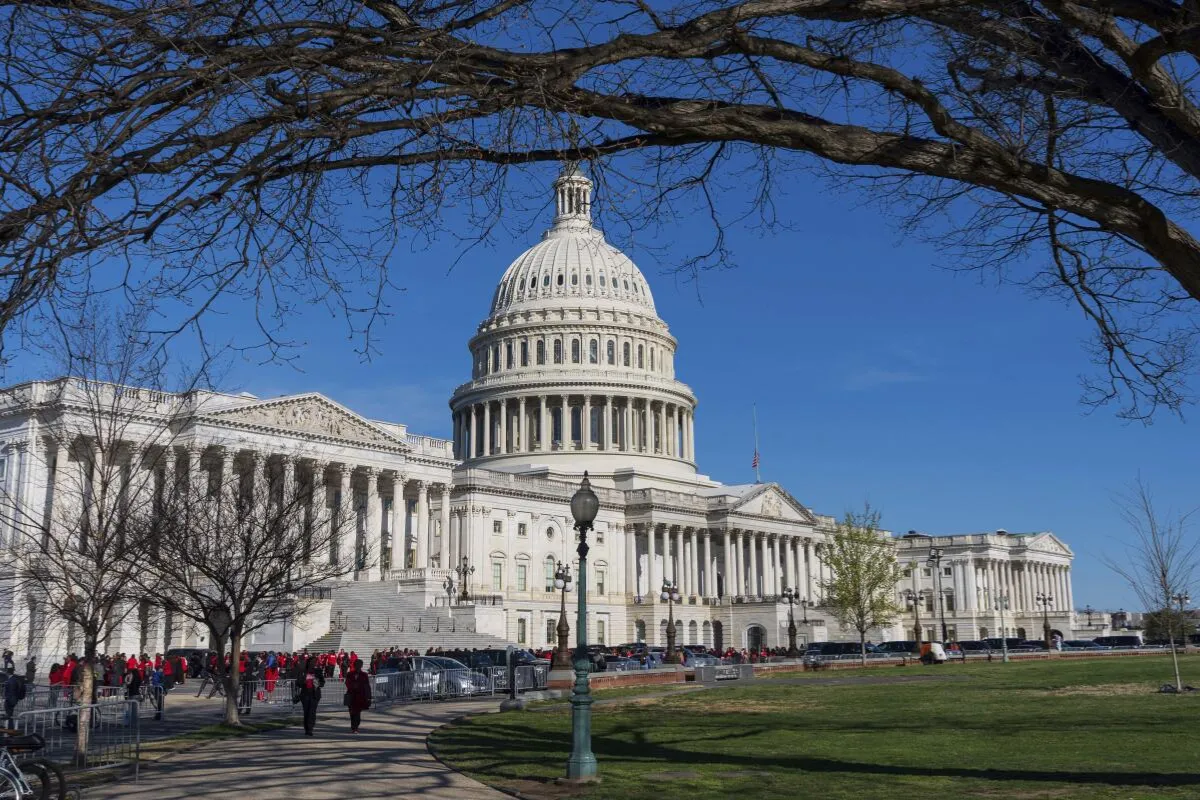It’s becoming clearer every day: the phrase “all of the above” no longer applies when it comes to energy policy in Ohio, West Virginia, or the Trump administration.
While the world moves forward with clean, affordable energy solutions, some state and national leaders are trying to drag us back to a fossil-fueled past.
Instead of encouraging wind, solar, and other renewable sources, policies are being crafted to shut them down—while coal and gas are getting a second life, despite the environmental damage and public health risks they cause.
Coal’s Comeback—At a Cost
In West Virginia, politicians are cheering on coal’s return, backed by a series of executive orders from the Trump administration. These orders give preference to fossil fuels, even if renewables are cheaper and safer.
They allow the Department of Energy to prop up old coal plants, expand coal leasing on public lands, loosen environmental protections, and even challenge state laws that support clean energy.
Here’s the cost: Between 2015 and 2023, communities paid an estimated $236 billion in added health expenses from coal-related pollution. Coal plants release dangerous heavy metals—mercury, arsenic, lead, selenium, and more—that are linked to cancer, heart disease, and neurological damage.
Meanwhile, West Virginia has 48 coal ash dumps filled with these toxic substances.
Ohio Bets Big on Gas, Blocks Wind and Solar
In Ohio, the energy focus is shifting toward expanding fracked methane gas—citing growing demand from data centers and cryptocurrency operations.
But experts warn that building new gas plants completely undermines efforts to reach net-zero emissions by 2050.
Renewables like wind and solar are being pushed aside. Despite being clean, cost-effective, and already contributing more power to the U.S. grid than coal, they face growing restrictions. In 2024, wind and solar generated 17% of the nation’s electricity—outpacing coal’s 15%. Yet, Republican-led states are cracking down.
In Ohio:
- Wind farms must be set back over 1,100 feet from property lines, far more than the 150 feet required for fracking wells.
- Senate Bill 52 gives county commissioners the power to ban wind and solar projects.
- Private property can still be taken for fracking through mandatory pooling laws.
These mixed signals make it clear where priorities lie—and it’s not with clean energy.
West Virginia Targets Solar Too
Even solar energy, which has no emissions and offers long-term cost savings, is under fire in West Virginia. The state is blocking community solar programs, and HB 2568 would eliminate net metering—a policy that lets homeowners sell excess solar power back to the grid.
More than 100,000 acres of abandoned mine lands could be used for solar development, but political resistance continues. SB 439, introduced by Sen. Chris Rose, would strip away tax incentives for wind turbines. As Sen. Joey Garcia put it, this move is “a slap in the face” to businesses trying to invest in West Virginia’s energy future.
A Missed Opportunity for Growth
Clean energy doesn’t just help the planet—it creates jobs and supports local economies. Take the Grange Solar Grazing Center in Logan County, Ohio, a promising agrivoltaics project combining solar power with sheep grazing. It was recently abandoned due to community opposition and anti-solar misinformation—despite plans to bring jobs, tax revenue, and clean power.
Claims that solar panels are toxic have been debunked by a 2022 Ohio Department of Health study, which found no public health risks from solar energy. In contrast, gas fracking has well-documented health dangers.
The Bottom Line: Why Turn Away from Progress?
It’s hard to understand why leaders are rejecting energy sources that are cleaner, cheaper, and healthier. According to Lazard’s 2023 report, onshore wind and utility-scale solar are already more cost-effective than natural gas.
Instead of embracing this progress, policymakers in Ohio and West Virginia are doubling down on coal and gas, turning away billions in potential investments—and putting public health at risk.
















